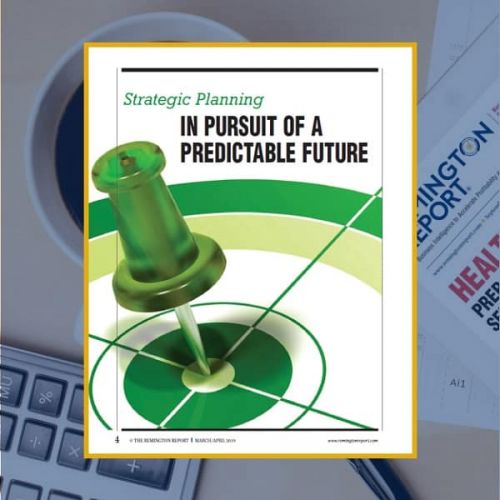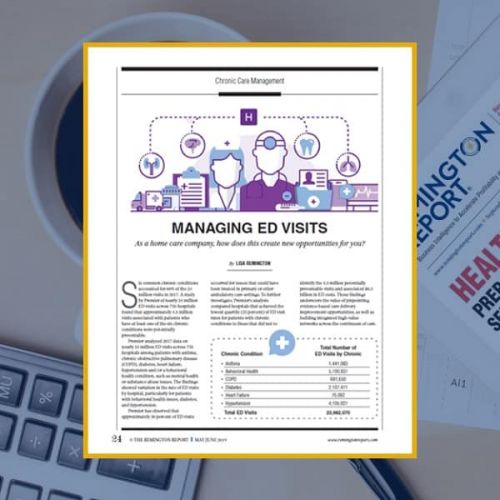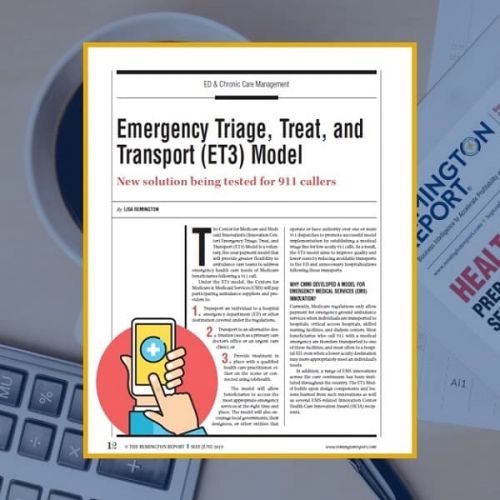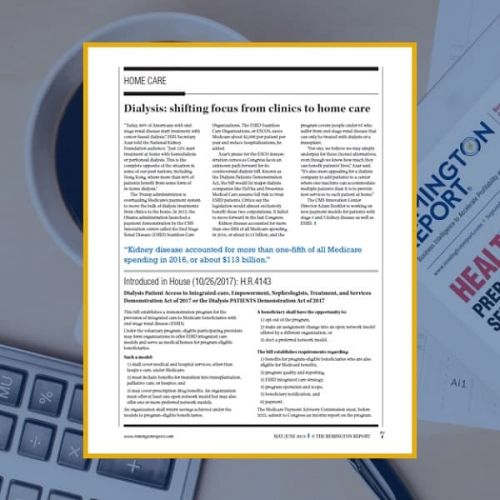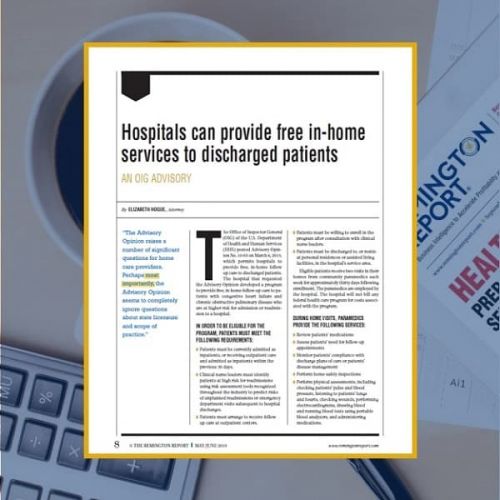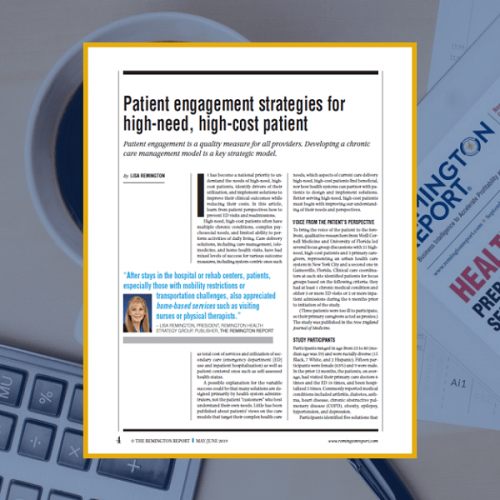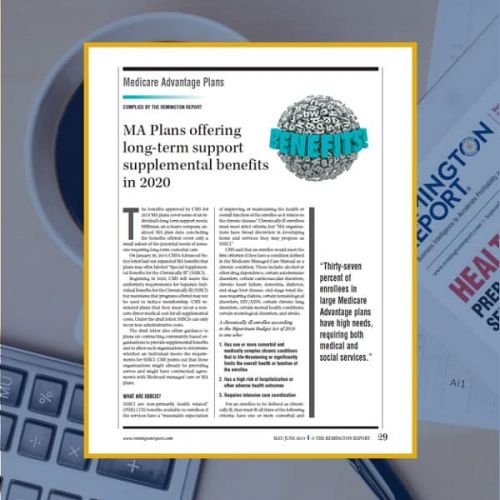-
 Prior authorizations take time away from patients and interject a third party into the doctor-patient relationship. There are many frustrations with prior authorizations, but the time spent getting payer permission is a common thread among all doctors. The average practice spends more than 15 hours per week total on them. This article is free to 1-Year Classic and 2-Year Premium subscribers.
Prior authorizations take time away from patients and interject a third party into the doctor-patient relationship. There are many frustrations with prior authorizations, but the time spent getting payer permission is a common thread among all doctors. The average practice spends more than 15 hours per week total on them. This article is free to 1-Year Classic and 2-Year Premium subscribers. -
 Aggressive moves by payers teaming up with big players such as CVS are advancing their healthcare programs into the home. How does this impact healthcare organizations? Are these new partnering opportunities or, a new competitor on the horizon? This article is free to 1-Year Classic and 2-Year Premium subscribers.
Aggressive moves by payers teaming up with big players such as CVS are advancing their healthcare programs into the home. How does this impact healthcare organizations? Are these new partnering opportunities or, a new competitor on the horizon? This article is free to 1-Year Classic and 2-Year Premium subscribers. -
 This is the second article in series to discuss how to promote the growth of in-home community-based organizations and accelerate relationships with payers. The first article published in The Remington Report's July/August issue, pages 4-8, focused on the home health aide workforce: How Real Time Actionable Data Leverages New Value For Home Health Aides and Stakeholders. This article is free to 1-Year Classic and 2-Year Premium subscribers.
This is the second article in series to discuss how to promote the growth of in-home community-based organizations and accelerate relationships with payers. The first article published in The Remington Report's July/August issue, pages 4-8, focused on the home health aide workforce: How Real Time Actionable Data Leverages New Value For Home Health Aides and Stakeholders. This article is free to 1-Year Classic and 2-Year Premium subscribers. -
 The Office of Inspector General (OIG) of the U.S. Department of Health and Human Services (HHS), the primary enforcer of fraud and abuse prohibitions, has issued its annual recommendations that, if implemented, will likely affect HHS programs positively in terms of cost savings, program effectiveness and efficiency, and public health and safety. This article is free to 1-Year Classic and 2-Year Premium subscribers.
The Office of Inspector General (OIG) of the U.S. Department of Health and Human Services (HHS), the primary enforcer of fraud and abuse prohibitions, has issued its annual recommendations that, if implemented, will likely affect HHS programs positively in terms of cost savings, program effectiveness and efficiency, and public health and safety. This article is free to 1-Year Classic and 2-Year Premium subscribers.
